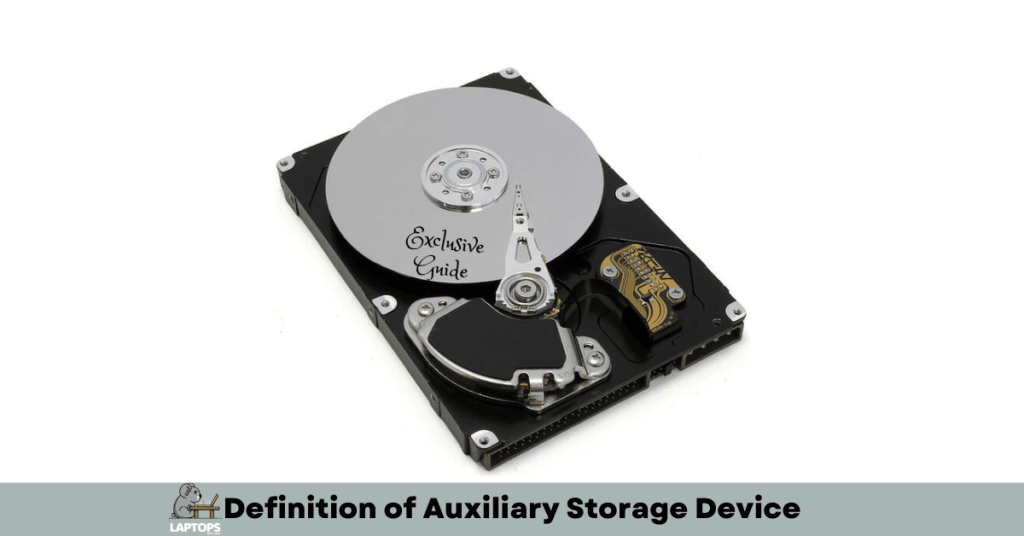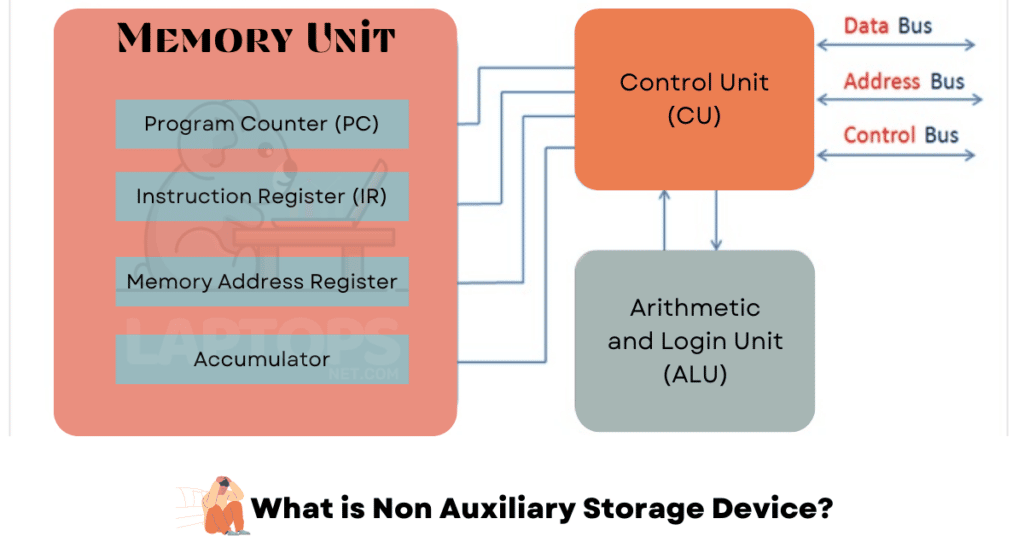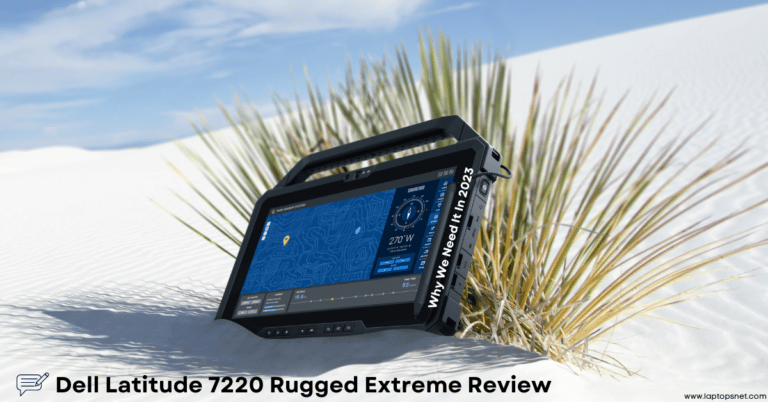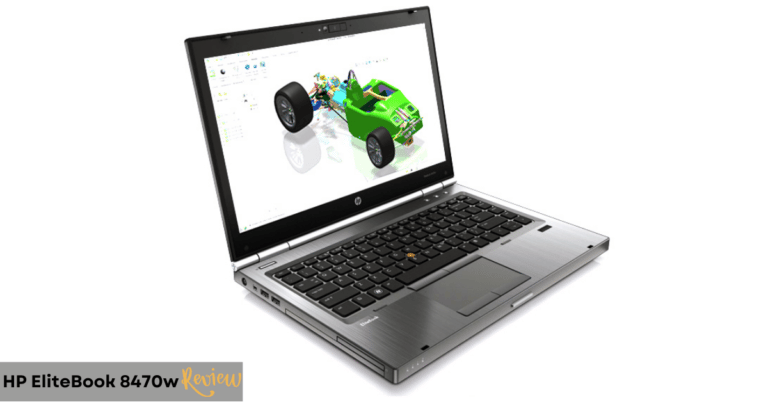Auxiliary storage is a term used to describe non-volatile storage devices that store data not currently used by the computer’s operating system or applications.
This type of storage is also known as secondary storage or external storage. It typically stores data that needs to be accessed regularly but is not frequently used.
Definition of Auxiliary Storage Device

Auxiliary storage devices are non-volatile, meaning they retain the data they store even when the power is turned off. This makes them ideal for storing data permanently and preserving data that needs to be saved for the long term.
But if you are finding the comparison Internal Vs External SSD, So don’t worry I have already written the detail guide😎.
Auxiliary storage devices include hard drives, solid-state drives, and removable media such as USB drives and SD cards. These devices commonly store a wide range of data, from documents and files to music, videos, and more.
Auxiliary storage devices are important because they provide a way to store large amounts of data that is not currently in use by the computer.
This is important because the computer’s main memory (RAM) is limited in size and can only hold a certain amount of data. By using auxiliary storage, we can store data that we don’t need to access immediately, freeing up space in the main memory for the data that we are currently using.
In summary, auxiliary storage is a type of non-volatile storage used to store data that is not currently used by the computer. These devices are used to provide additional storage space and to store data permanently for long-term preservation.
Auxiliary storage devices include hard drives, solid-state drives, and removable media such as USB drives and SD cards.
Non Auxiliary Storage Devices

On the other hand, non-auxiliary storage devices are storage devices that are used by the computer’s operating system or applications to store data that is currently in use. These devices are also known as primary or internal storage, including the computer’s main memory (RAM) and cache memory.
Difference between Auxiliary Storage and Non-Auxiliary Storage Devices
The main difference between auxiliary and non-auxiliary storage devices is their purpose.
Auxiliary storage devices store data that is not currently in use. In contrast, non-auxiliary storage devices are used to store data that is currently in use.
Additionally, auxiliary storage devices are non-volatile, meaning that they retain the data they store even when the power is turned off, while non-auxiliary storage devices are volatile, meaning that they lose the data they store when the power is turned off.
Auxiliary storage devices have several advantages and disadvantages. Some of the main advantages of these devices include the following:
Advantages and Disadvantages of Auxiliary Storage Devices
- They provide additional storage space for data that is not currently in use by the computer, freeing up space in the main memory for currently in use.
- They are non-volatile, meaning they retain the data they store even when the power is turned off. This makes them ideal for storing data permanently and preserving data that needs to be saved for the long term.
- They are portable, allowing users to easily access their data from different devices.
- They are relatively inexpensive, making them a cost-effective way to store large amounts of data.
However, auxiliary storage devices also have some disadvantages, including:
- They are slower than the computer’s main memory, which can affect the computer’s overall performance.
- They are prone to failure, and data can be lost if the device fails or is damaged.
- They require regular maintenance, such as defragmentation and error checking, to ensure they continue functioning properly.
- They can be lost or stolen, potentially leading to the loss of important data.
- While auxiliary storage devices have many advantages, they also have some drawbacks that should be considered when choosing a storage solution.
Advantages and Disadvantages of Non-Auxiliary Storage Devices
Non-auxiliary storage devices, also known as primary or internal storage, are storage devices used by the computer’s operating system or applications to store data currently in use. These devices include the computer’s main and cache memory (RAM).
Some of the main advantages of non-auxiliary storage devices include the following:
- They are faster than auxiliary storage devices, which can improve the computer’s overall performance.
- They are more reliable than auxiliary storage devices, and data is less likely to be lost due to device failure or damage.
- They do not require regular maintenance, such as defragmentation and error checking, to ensure they continue functioning properly.
- They are not subject to lose or theft, as they are built into the computer and cannot be removed.
However, non-auxiliary storage devices also have some disadvantages, including:
- They are limited in size and can only hold a certain amount of data.
- They are volatile, meaning they lose the data they store when the power is turned off. This makes them unsuitable for storing data permanently or for long-term preservation.
- They are not portable, and data cannot be easily transferred to other devices.
Examples of Auxiliary Storage Devices
Some examples of auxiliary storage devices include:
- Hard drives: Hard drives are storage devices that use spinning disks to store data. They are commonly used as the primary storage in desktop and laptop computers and in external storage devices such as portable hard drives.
- Solid-state drives (SSDs): SSDs are storage devices that use flash memory to store data. They are becoming increasingly popular due to their high speed and durability. They are commonly used in laptops, tablets, and other portable devices.
- USB drives: USB drives are small, portable storage devices that use flash memory to store data. They are commonly used to transfer data between computers and are also known as flash drives or thumb drives.
- SD cards: SD cards are small, portable storage devices that use flash memory to store data. They are commonly used in cameras, smartphones, and other portable devices to store photos and videos.
- External hard drives: External hard drives are portable storage devices that use hard drives to store data. They are commonly used to store large amounts of data. They can easily connect to a computer via a USB or other interface.
- Network-attached storage (NAS): NAS devices are external storage devices connected to a network, allowing multiple users to access the data they store. They are commonly used in home and small business networks to provide additional storage space and to share files between multiple users.
Examples of Non-Auxiliary Storage Devices
Some Examples of Non-Auxiliary Storage Devices are given below:
- Random access memory (RAM): RAM is the main memory of a computer and is used to store data currently being used by the operating system and applications.
- Cache memory: Cache memory is a type of high-speed memory used to store data frequently accessed by the computer. This allows the computer to access the data more quickly, improving its overall performance.
- Read-only memory (ROM): ROM is a non-volatile memory used to store data that is not meant to be changed, such as the computer’s BIOS.
- Processor registers: Processor registers are small memory units that are built into the CPU, and they are used to store data that is currently being processed by the CPU.
FAQS:
These devices include the computer’s main and cache memory (RAM).
Anyone who uses a computer will need non-auxiliary storage devices, as they are an essential part of the computer’s hardware.
Without non-auxiliary storage, the computer would not be able to store and access the currently used data by the operating system and applications, which would significantly impair its performance and functionality.
In summary, anyone who uses a computer will need non-auxiliary storage devices, as they are essential for the computer to function properly.
This includes individuals, businesses, and organizations that rely on computers for their operations.
So it’s time to wind up the topic, I hope you will enjoy content I am a human and I can do mistakes so If I am wrong in any point comment me and also tell me which part of this content you have enjoyed😊? and Which topic should I cover for you. Thanks again for come😘












